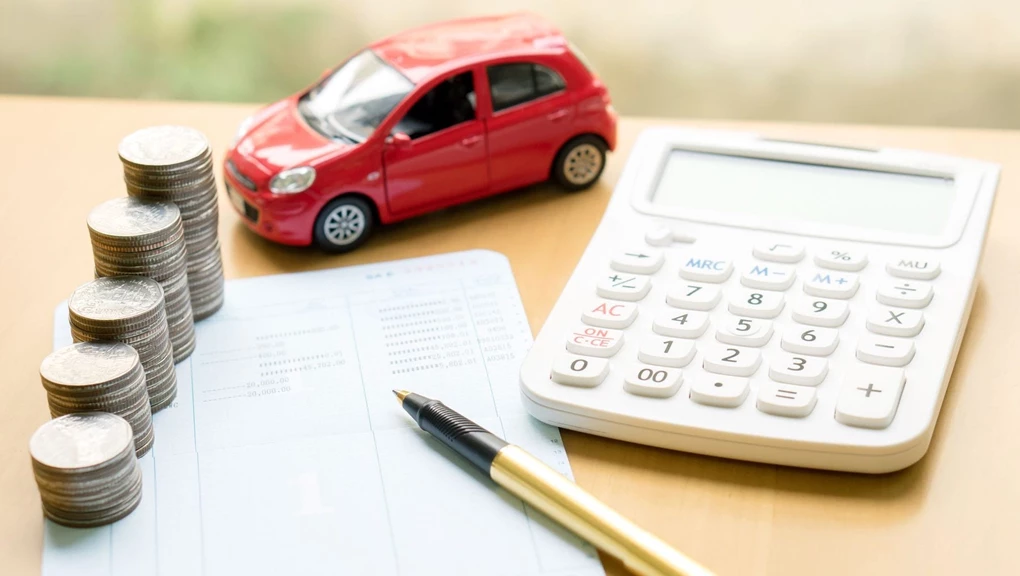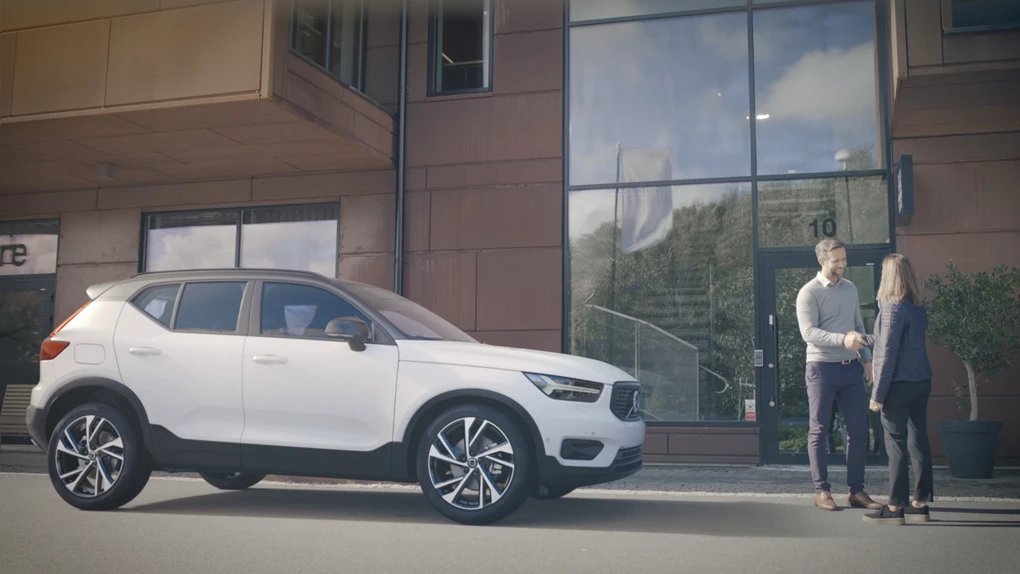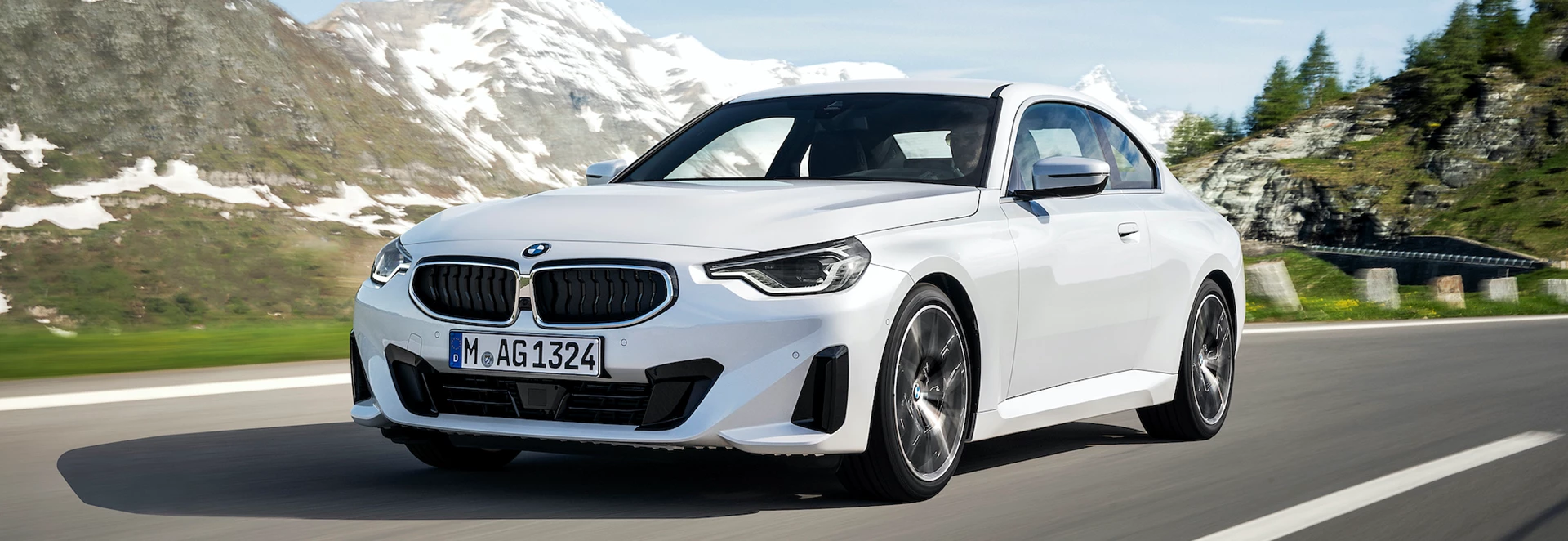You’ve got more options than ever when it comes to getting your new car. In the past it was simply down to whether you bought new or second hand. Now finance and lease options are exceptionally popular ways to get a new car, without having to stump up a large amount of cash upfront. While subscription is the new model that lets you switch cars frequently, with no long-term commitment. But which one is right for you?
In this guide we’ll help you to understand each option, and while they may seem a bit confusing at first, in reality it all just means you have a lot more choice to suit your personal financial position and preferences.
Purchase
Many people are unable to buy the car they want outright. To do so usually takes some diligent saving, or a rather large income, or both.
The advantages of buying a car outright is that it’s the cheapest option overall, as there is no interest or fees paid in monthly instalments, and there are no mileage limits. You own the car outright, and you can sell it when you want, and it’s a simple straightforward one-off payment.
With this in mind, if you’re not negotiating on a finance agreement that goes with the car, then you can focus on getting the best price for the car, and the spec you want. However, if you’re going to buy outright it’s best to keep this to yourself when you’re at the dealership, as staff earn commissions on car finance packages, and with a straight car purchase may be less helpful in negotiating a car price. Only tell them at the very end that you’ll be paying in cash.
Other possible to benefits for outright purchase are that the owner – if you choose to take care of it well – can get a better resale price than market value, through conscientious care and maintenance.
The disadvantages are that your choice in car is limited by the amount of savings you have, and if you spend your savings on a new car you might not have a nest egg for emergencies, and you could possibly invest ‘spare’ cash if you bought on finance or lease etc., and of course, the car depreciates in value as soon as you drive it away.
Further to this last point, while outright purchase means you can sell whenever you want, most depreciation happens in the first two years, therefore if you plan to purchase, it’s best to plan to keep the car for a good number or years, where the depreciation in later years will be less of a factor in relative terms.
And with this in mind, another possible disadvantage in outright purchase is that residual values can fluctuate, so it may be that if you aim to sell in say five years, the amount you get may be slightly lower than you expected (or higher). As such, this may be a good reason to look at brands and models that typically hold their value well, if you plan to buy outright.
Finance

The advantages of buying a car on finance is that you can drive a car on a tight budget, or get a much better car than you would through upfront purchase, and the cost is spread out, with a fixed monthly payment.
The disadvantages are having to pay interest (which can be significant), possible mileage fees that can apply, and it can be difficult to get out of, if at a certain point you don’t want the car anymore.
Hire Purchase (HP)
Hire Purchase lets you spread the cost of a car over a period of monthly instalments, and it’s one of the most common methods to pay for a new car.
In most cases HP payments will be offset against an initial deposit that you’ll pay at the beginning of the deal. Payments are then made, usually over the course of one to five years. And there may be some interest charges and other fees along the way.
The difference between a HP agreement and a PCP is that for a HP you will pay the whole price of the car, and will own it outright after making your payments. While for a PCP, you will make monthly payments, and then at the end of the agreement make a balloon payment (a lump sum) of how much the car is then worth, in order to then buy the car.
The best thing about Hire Purchase is how straightforward it is: you know the car is yours once you’ve made the payments. The initial deposit is around 10% (though this can be negotiated) and payments can be spread over a longer period than PCP, which helps to reduce the cost of each monthly instalment. However, having payments over a longer term will likely incur more interest, and with HP you will pay much more per month than PCP, as you’re paying for the value of the car, rather than effectively paying for the depreciation of value, as is the case for PCP.
The lower monthly payments and opt-out arrangement of PCP agreements have made them more popular, and HP less so. However, good deals are available, and if you’re able to budget for the higher monthly repayments, then Hire Purchase can be a great choice.
Personal Contract Purchase (PCP)
PCP is an exceptionally popular way to get a new car. In fact, 91% of UK car buyers decide to go for a PCP deal. What makes it so attractive to many is that it requires a low deposit to begin with, and low monthly payments, which makes ownership possible for those who otherwise couldn’t afford to buy, or means that people can get bigger and better cars, without a big outlay.
Also, it works as a sort of hybrid between finance and lease, where full ownership is possible at the end of the agreement, by paying the balance of the valuation (a balloon payment, known as the Guaranteed Final Value). Or many decide to decline this option and start again with a different brand-new car on a different PCP deal, with a similar monthly payment, making it effectively quite similar to leasing. Or they simply hand the car back and walk away.
PCP features a ‘front-end’ customer deposit, monthly payments, and a final ‘balloon payment’. Sometimes the packages and deals put together can be excellent, as manufacturers want to promote new car sales, so can frequently agree attractive deposit contributions and low-rate finance deals to draw buyers in. Meaning you may be able to get a nice family SUV for around £250 a month.
You will pay a deposit, agree a monthly payment and interest rate, and the car is yours. The payments you make won’t be based on the cost of the car, but instead on the depreciation. The dealer will work out the worth of the car in a number of years, and this is referred to and underwritten as the Guaranteed Minimum Future Value (GMFV).
An example of this is if a new car costs £25k, the GMFV after three years might be worked out as £15k, so you therefore would pay £10k over a three-year period. Which might then work out as a £1k deposit, and then £250 a month over three years.
The GMFV will be the same at any dealership (for the same model) but interest rates might differ slightly. You will also be charged for going over a mileage limit (e.g. £100 for doing an excess of 1000 miles). So these are things to keep in mind. Also, the dealership may provide you the option of insurance when you agree a deal, but it may be an expensive choice, and you might be better off shopping around for other insurance providers.
The advantages of Personal Contract Purchase (PCP) are a low deposit, low monthly payments, which means you can get a much nicer car for less money, and change to another new car every three years or so (if you choose not to buy), which also means you’ll be covered by the manufacturer warranty (which usually runs for three years).
Furthermore, because this model is so popular with customers, there is a lot of competition between manufacturers, who offer incentives such as deposit contributions (they will add e.g. £2k towards your initial deposit, to make your overall payment smaller. This is done as a time-limited offer to boost their sales, or to clear certain stock) and even offer 0% interest deals, which can represent fantastic value and are very much worth looking out for.
The disadvantages are to not own the asset that you’re paying for, and if you want to buy at the end, the balloon payment can feel large and unappealing. If that’s the case for you, then hire purchase (HP) would be better for you. The other downside is that if you prefer the idea of switching to a new car at the end, it’s generally not possible to switch brands. Also, if you want to change your car every year, then don’t sign up to a three-year contract, and look at leasing or subscription instead.
Personal loan
HP, PCP, or a personal loan are the three ways to finance a car. HP and PCP are agreements with a car manufacturer, through a dealership, while a personal loan is simply a loan with a bank or other provider (where the dealer is not involved in financing, and you effectively become a cash buyer).
The benefits can be that you don’t need to negotiate financing with a manufacturer, so you can just focus on negotiating a good price for the car (you can see our target prices to help guide you with what a good price would be). You won’t be restricted by mileage limits, and you don’t have any ties with the car manufacturer (just to your bank or loan provider).
However, the disadvantages are that interest rates are often higher with a bank or any other provider than with a car manufacturer. Car finance is usually cheaper, and while it means you typically have to pay a deposit, this then means you’ll be borrowing less, and have lower monthly repayments.
Dealers make money on customers who sign up to car finance plans, and you may stay with them after your first contract and move onto another contract. As such, they offer very competitive finance deals to secure customers, with lower rates than a bank loan.
Lease / Personal Contract Hire (PCH)

If you lease a car, also known as personal leasing, or Personal Contract Hire, then you don't and won’t own the car, but instead agree to hire or rent it over a fixed period.
Contracts usually last for two or three years, with an agreed mileage limit of about 10,000 miles per year. And monthly payments (like PCP) essentially cover the depreciation of the vehicle, and as such payments on a lease are usually cheaper than Hire Purchase (as you’re paying to drive it, rather than to purchase it). And payments usually include rent charges, taxes, and fees.
The benefits are that the deposit is low (the equivalent of between three to six monthly payments). The monthly payments are low, with no extras, and it’s simply a short two or three-year deal with no hassle to sell or trade-in after. Also, cars that hold their value well are good choices as you’ll pay lower monthly payments as a result.
It’s a good choice if you don’t wish to own the car, and you like the idea of being able to change cars, and drive ones better than you could normally afford.
The disadvantages are that you will have to cover maintenance (unless you incorporate that into the agreement), and of course, you won’t own the car during the agreement or be able to buy it at the end of the agreement. So, in some ways you get nothing back for your investment, but the opportunity to drive a nice new car for an agreed period of time.
Subscription

Car subscription is being promoted by some brands as the new way to drive, but is it a good choice? The automotive equivalent of pay-as-you-go, predicted to rise to almost 10% of all new car sales in Europe by 2025.
These agreements can also be called flexible lease, long-term rental, or long-term hire. The general principle is that rather than have a fixed contract for two or three years, that you have the car for as long as you like: from a month, to a year, to several years. Whatever you like. There is also no need for a deposit, instead there is just a small joining fee, or no fee at all.
The agreement will include a monthly mileage allowance (between 800 to 1000 miles normally, or you can pay for a larger allowance).
The allure of subscription is the freedom of choice, no commitment, and no unexpected bills. At least all in theory. This may appeal to the next generation of car buyers who are more used to the idea of subscription, and who may not have a deposit available to pay, and who like the idea of being able to change cars, or cancel the contract at any time if they need or want to.
The advantages of the subscription model are clear, that you have no long-term contract, no big deposit, fees are all included (maintenance, insurance, road tax) and unlike a lease deal, you have the flexibility to change the car regularly. Also, cars are collected and returned for servicing and to deal with any repairs. And if you don’t need the car for several months, you can stop and then restart your subscription. And if you’re a car enthusiast you can try the latest models, and potentially configure a car to your specification, and with some providers have a different model for a weekend.
The disadvantages are, most keenly, the very high monthly payments. These come from the fact that no deposit is paid (and therefore this is absorbed into the monthly fee) along with the fact that payments have to cover the manufacturers ability to offer you a new and different car, if and when you choose to swap to a different model.
The other disadvantages (like some of the other options above) are the mileage caps to watch out for, along with the fact you will be renting rather than owning. Also, there are often age restrictions, for example you may need to be 30 or over to be eligible. There may also be small extra costs, such as insurance not included in the advertised price, or costs for extra drivers.
Manufacturers offering subscription (such as Jaguar Land Rover, and Volvo) say that overall the costs for subscription will be similar to contract hire and PCP rates, once the removal of deposit, and the addition of insurance and servicing are taken into account. That may or may not be the case, but rather than subscription being a bargain, the real value is the ability to drive the car you want, and switch to another in a short amount of time, with no long-term financial commitment.
Look at every option
Take the time to look at every option once you’ve decided what model(s) you’re interested in. Keep in mind that sometimes special offers or specific incentives might make one option much more attractive than you first thought. It’s worth finding out the total costs for each possible choice and weighing these up before you choose which one is right for you.
Get a quote through us
We’re here to help you get your next car. You can get a quote from any manufacturer, for any model, through us, quickly and easily. Just click here and select the car you’re interested in and pop in your details, and we’ll arrange to get you the latest prices, offers, and options.
Get a quote



